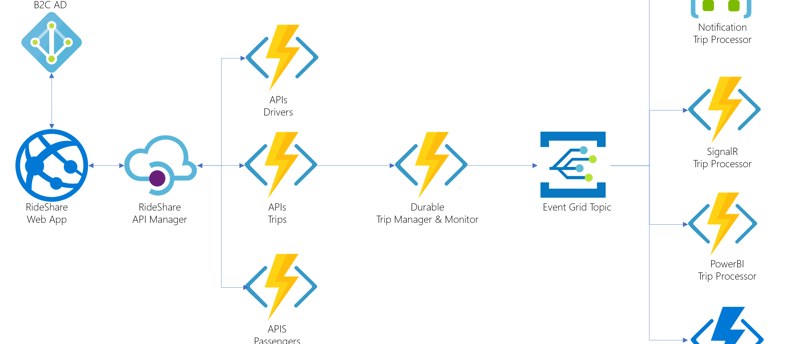Microservices vs. APIs: Understanding the Key Differences in Software Architecture
Microservices and APIs are foundational yet distinct components of modern software architectures, where microservices break down applications into small, independent units for enhanced agility and scalability, and APIs enable these units to communicate and exchange data seamlessly. This distinction is vital for the development of robust, scalable software solutions, ensuring systems are both flexible and interconnected. Understanding the roles of microservices and APIs facilitates navigating the complexities of digital frameworks, enabling the creation of agile, future-proof technologies.


In the fast-evolving landscape of software architecture and development, the concepts of microservices and APIs (Application Programming Interfaces) are pivotal, yet they often stir confusion among those new to the domain. Through my expertise as a solutions architect with a rich background in designing, implementing, and integrating technology solutions across various platforms, including Azure, and a thorough understanding of architectural patterns and cloud services, I'll clarify the distinctions and interconnected roles of microservices and APIs in modern software development.
The Essence of Microservices
Microservices architecture is a design approach that structures an application as a collection of loosely coupled services, which implement business capabilities. Each microservice is self-contained and implements a single business function. This modularity allows for flexibility in development, deployment, and scalability. Microservices communicate with each other using lightweight protocols, typically over a network. This architecture promotes agility, resilience, and scalability, enabling organizations to innovate and deploy faster. It aligns with cloud-native principles, supporting deployment in containerized environments, such as Docker, and managed by orchestration systems like Kubernetes.
In my experiences, such as the architecture design for strict microservice implementations at various organizations, microservices were pivotal in achieving scalability, resilience, and agility in cloud-native applications. By adopting microservices, I ensured that systems were modular, easier to update, and could scale component-wise based on demand.
The Role of APIs
APIs, on the other hand, are sets of rules, protocols, and tools for building software and applications. They define the methods and data formats for communicating between various software components or between microservices. APIs are not architecture but are used within architectures, including microservices, to enable service interaction. A RESTful API, one of the most common types of APIs, uses HTTP requests to GET, PUT, POST, and DELETE data. APIs ensure that different parts of a system, or different systems altogether, can communicate and share data and functionality efficiently and securely.
Throughout my career, designing and implementing RESTful APIs and SOAP APIs for data integration projects has been a recurring theme. These APIs facilitated the seamless interaction between microservices and external systems, enhancing connectivity and enabling the creation of feature-rich, responsive applications.
Distinguishing Microservices from APIs
The main distinction lies in their scope and function. Microservices are an architectural style for developing applications, focusing on decomposing an application into single-function modules with specific business goals. Each microservice is independently deployable, scalable, and manageable. APIs, however, are the mechanisms that enable microservices, and indeed any service-oriented architecture, to communicate. While a microservice may expose its functionality through an API, APIs themselves are more broadly used to connect any two components of software, not exclusively within microservices architectures.
In practical applications, such as the microservices and APIs I designed for government and corporate clients, this distinction becomes crucial for strategic planning. For instance, when developing a solution for digital integration or designing a disaster recovery plan, understanding how microservices use APIs for communication helps in crafting systems that are both resilient and adaptable.
Conclusion
Understanding the difference between microservices and APIs is crucial for anyone involved in the development and architecture of modern software solutions. Microservices offer a way to structure an application as a collection of independent services, while APIs provide a method for these services to communicate, not just among themselves but with the broader world of digital services. In my professional journey, leveraging both has been key to delivering solutions that are not only robust and scalable but also agile enough to adapt to changing business needs.
